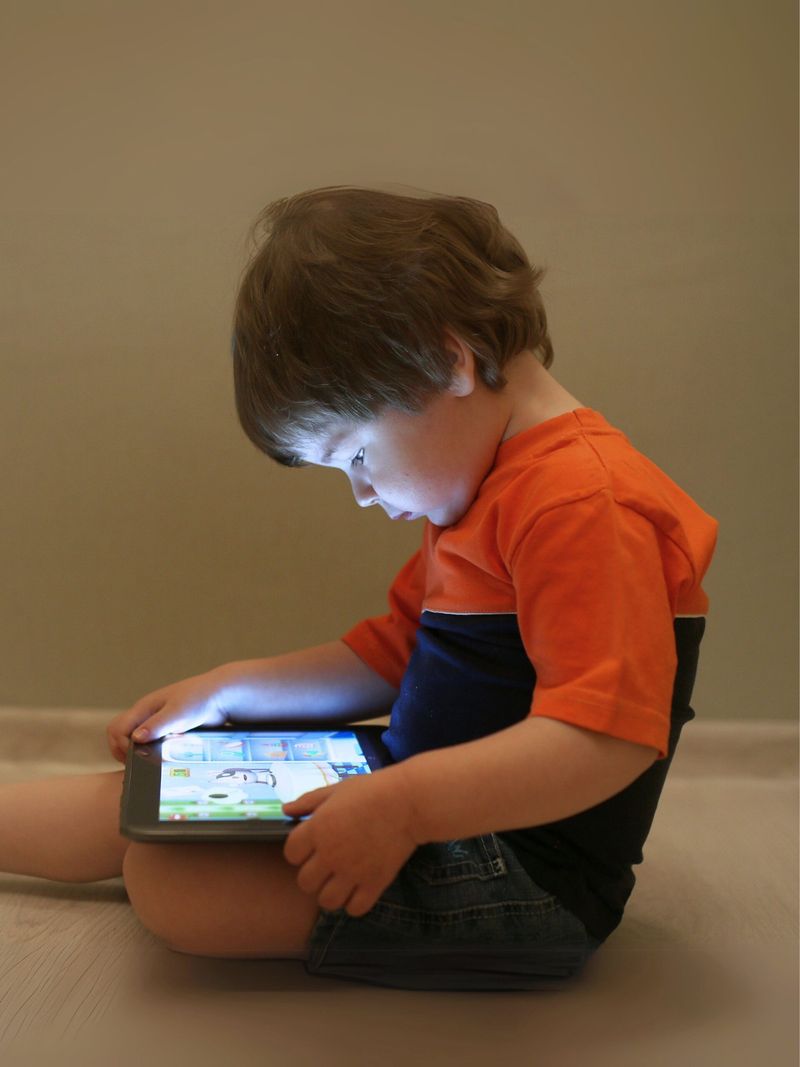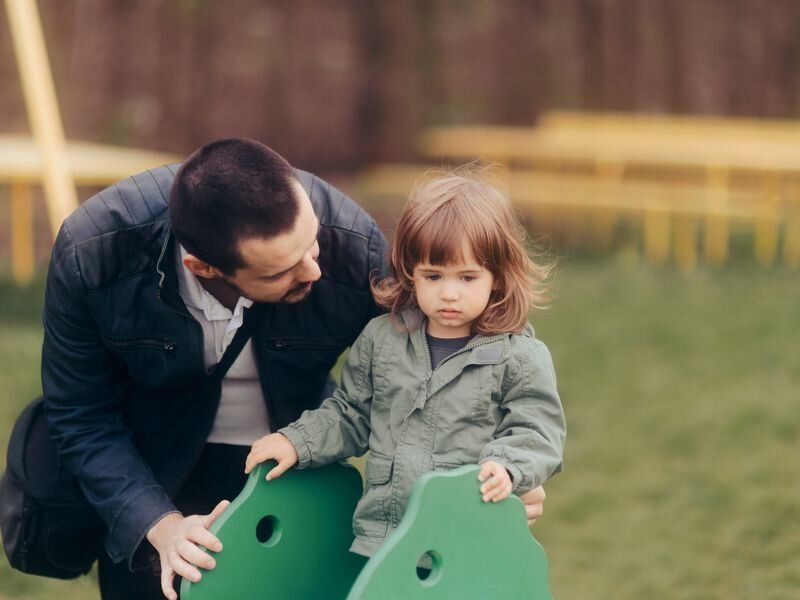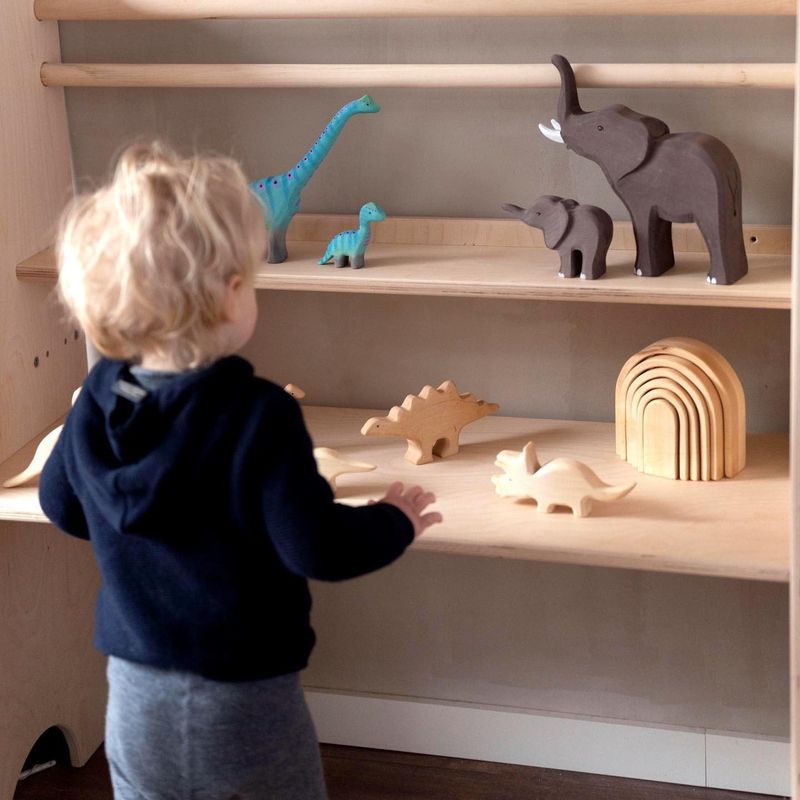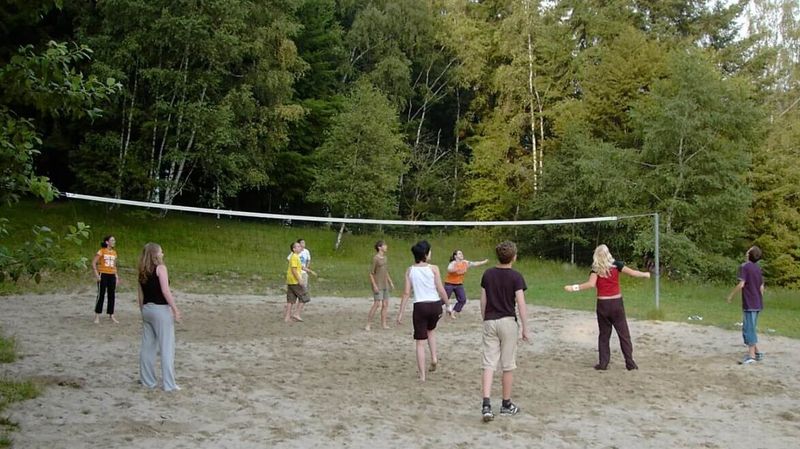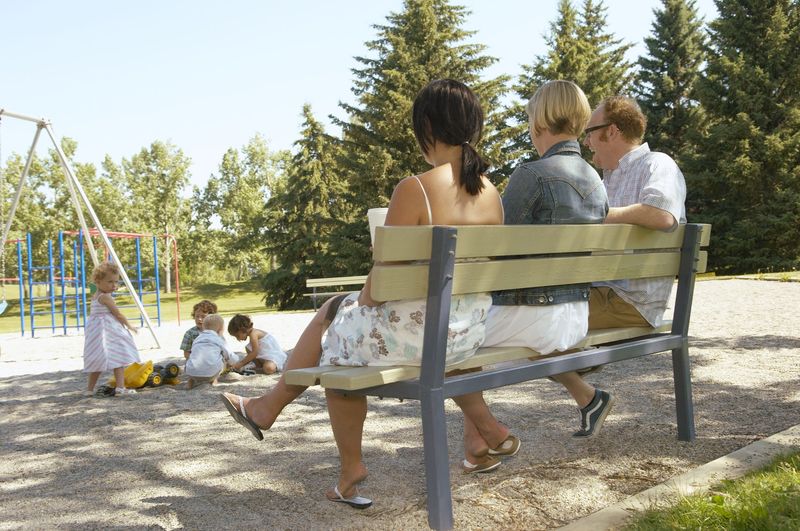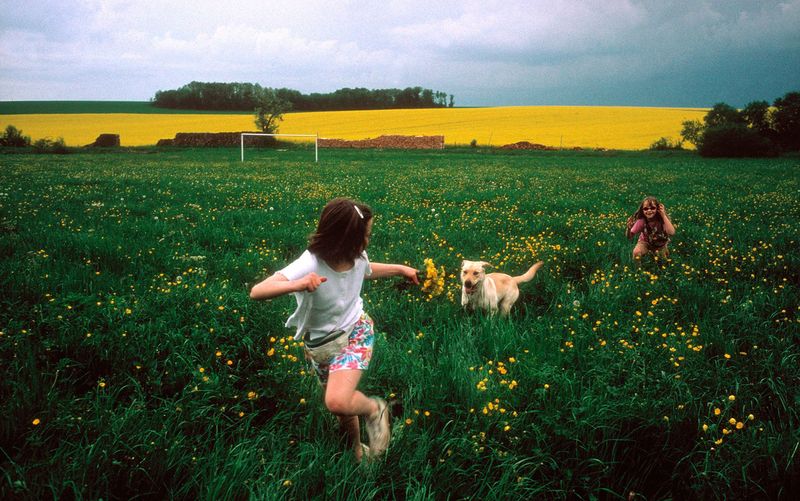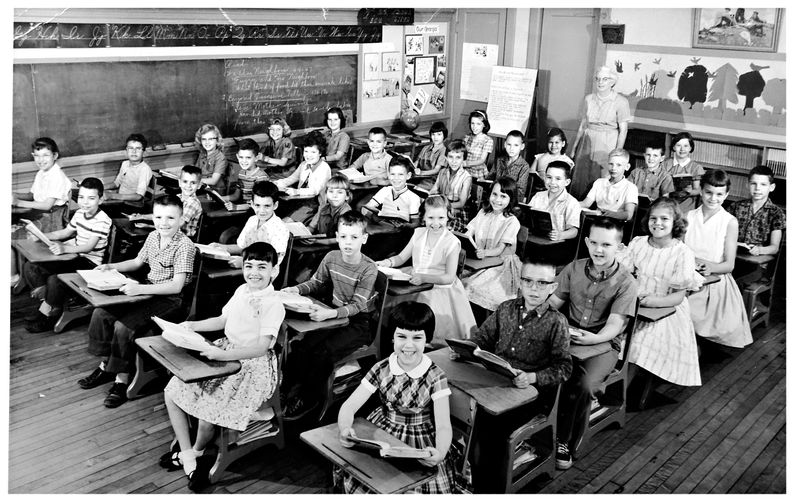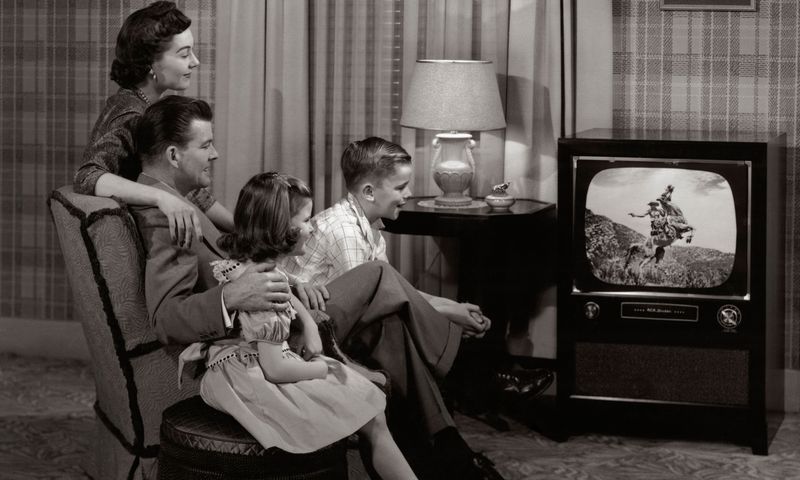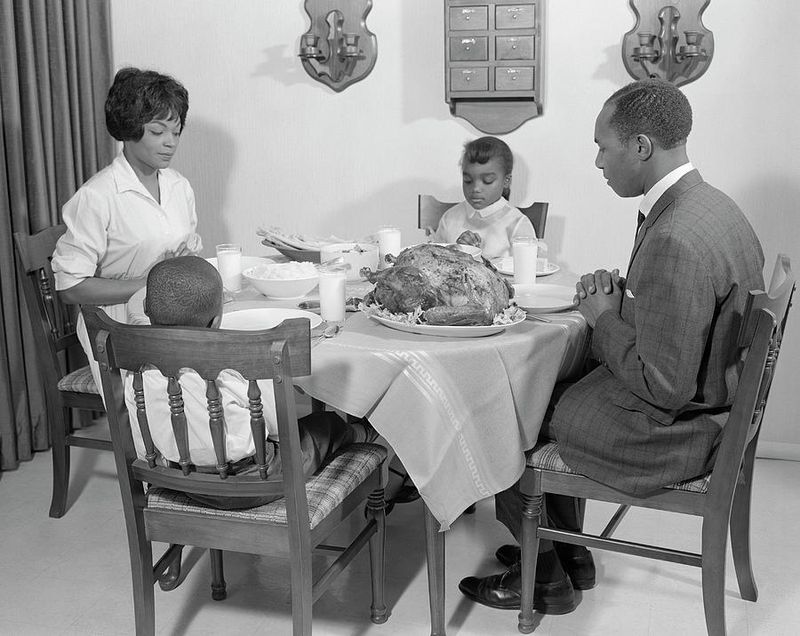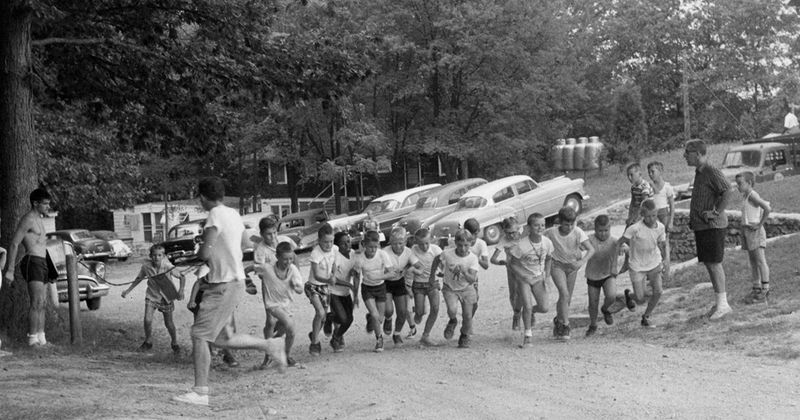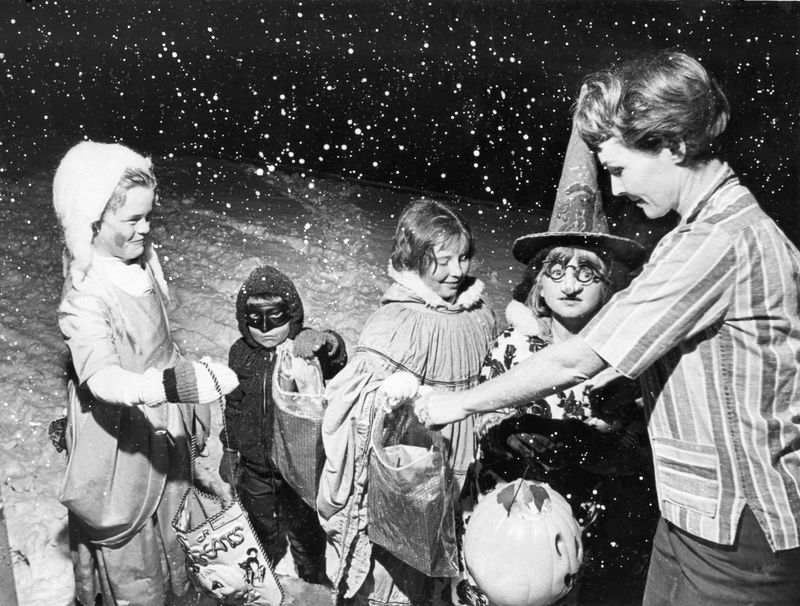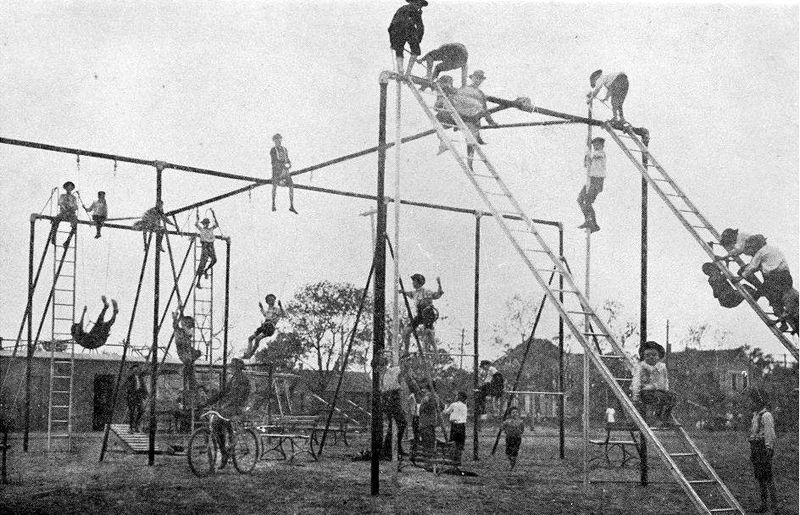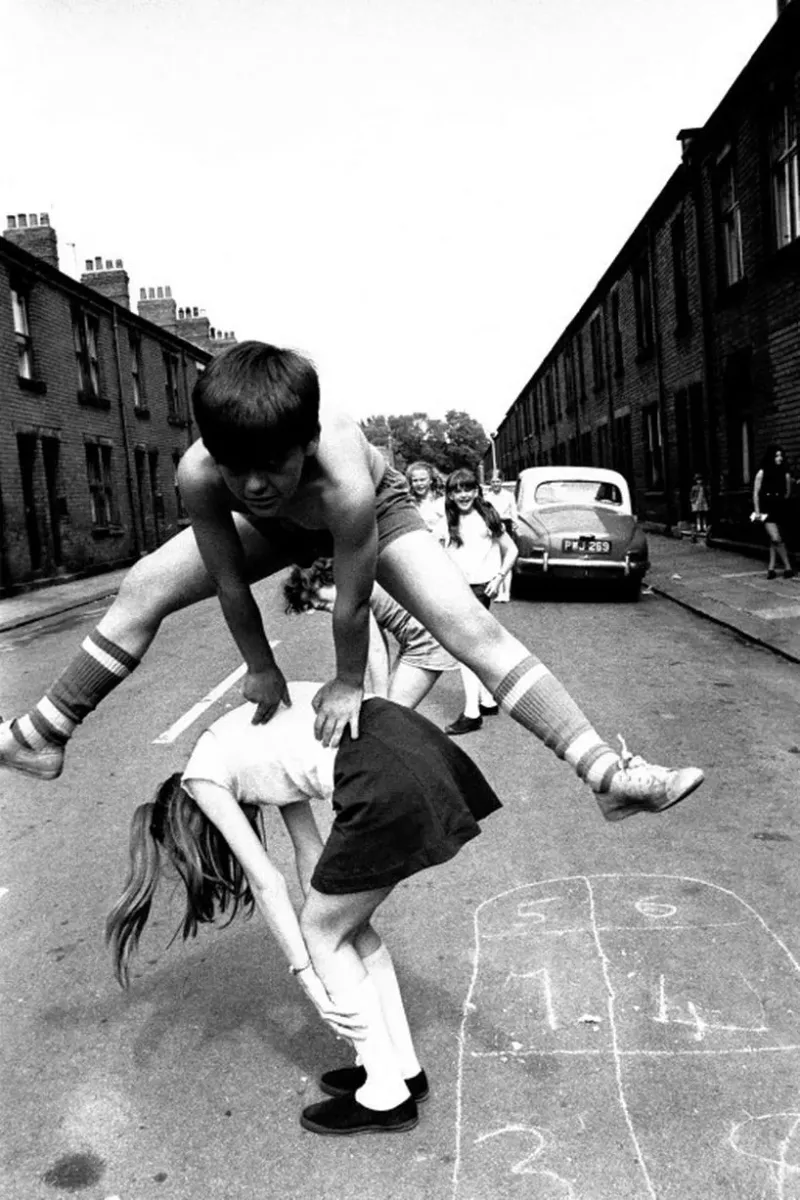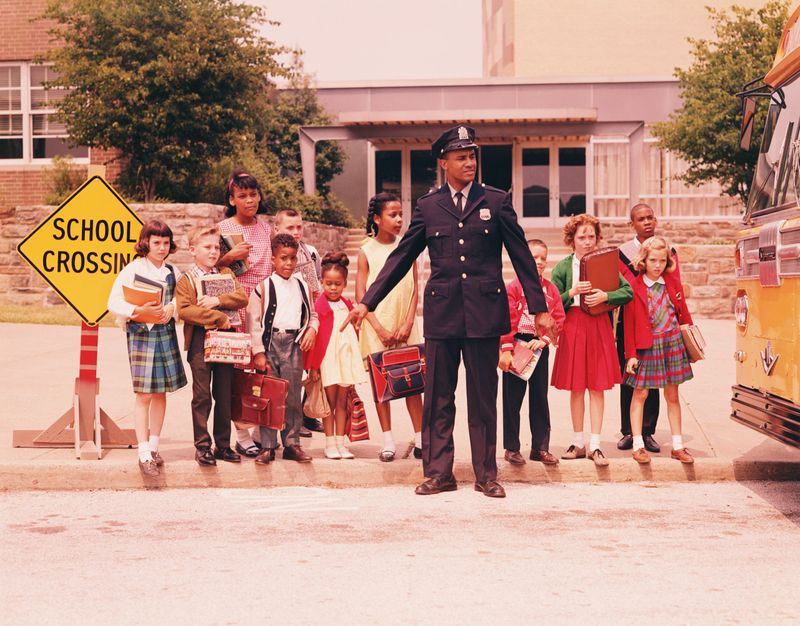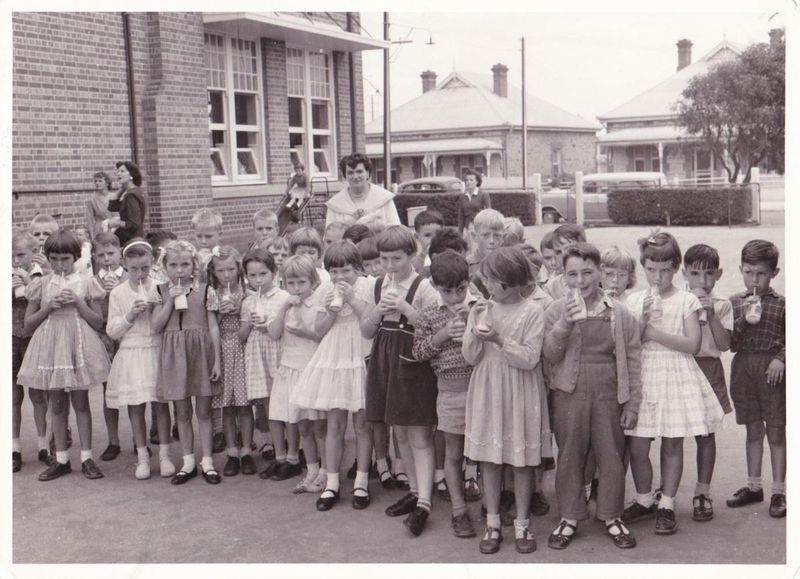Explore the contrast between modern childhood experiences and the adventures of growing up in the 1960s. This blog post delves into seven modern trends that have replaced old-school joys, followed by thirteen cherished experiences from the past that many believe were more fulfilling.
1. Screen Zombies
Today’s kids often seem more at home with screens than the outdoors. Hooked onto iPads, they’re absorbed in virtual worlds, missing out on climbing trees and playing tag. These screen zombies are deprived of the imagination and freedom that come with unstructured outdoor play.
In contrast, past generations remember active play with friends, breathing fresh air, and creating adventures that fostered real-world skills. The tactile nature of playing outside helped develop social skills and physical strength.
The shift from nature to screens represents a significant change, influencing how children interact, learn, and grow into adulthood.
2. Helicopter Parents
Gone are the days when kids roamed freely until dusk, fearless and independent. Helicopter parenting has taken over, where constant supervision limits children’s exploration and adventurous spirits.
This parental oversight aims to ensure safety but often results in restricted freedom and creativity. The carefree nature of older generations allowed them to learn from mistakes, build resilience, and savor a sense of autonomy.
Instead of “be home by dark,” today’s children face structured schedules and watchful eyes, missing out on unsupervised adventures that once taught self-reliance and problem-solving.
3. Plastic, Disposable Toys
Walk into any toy store today, and you’re bombarded with plastic gadgets designed for short-lived delight. Unlike the durable toys of yesteryears, today’s options easily break and end up in landfills.
The 1960s were a time of sturdy, hand-me-down treasures that sparked imagination and lasted for generations. Children cherished their toys, learning to value and take care of them.
Modern disposable toys, though flashy, often fail to provide the lasting joy and developmental benefits that come from quality, creativity-driven playthings of the past.
4. Organized Everything
In today’s world, spontaneity is replaced by schedules. Organized sports and clubs have taken over the free-spirited sandlot games of the past.
While structure offers skill-building, it limits creativity and the simple joy of unstructured play. The 1960s saw children inventing games, negotiating rules, and solving disagreements without adult interference.
The absence of rigid organization allowed friendships to flourish naturally. Today’s structured activities, though beneficial, can sometimes stifle the fun and creative problem-solving that comes from impromptu, rule-free play.
5. Social Media Anxiety
Social media brings a new dimension to childhood, where likes and followers become a measure of self-worth. Unlike past eras, where social connections were face-to-face and genuine, today’s digital landscape breeds anxiety and comparison.
Children of the 1960s experienced friendships rooted in real-life interactions, fostering deep connections and confidence. The absence of digital pressures allowed them to develop personal identities without constant scrutiny.
The contrast highlights how modern childhood often equates self-value with online presence, a stark difference from the more organic social experiences of previous generations.
6. Food in Wrappers
Snacks today are wrapped in layers of plastic, contributing to waste and disconnect from natural foods. Convenience trumps the simple homemade treats of the past.
In the 1960s, children enjoyed snacks made from scratch, shared among friends, enriching social bonds. The act of making and sharing food was a community experience, teaching appreciation and culinary skills.
Today’s prepackaged snacks, though convenient, lack the personal touch and nutritional value of homemade alternatives, reflecting a shift in how children relate to food and each other.
7. Fear of the Outside
Modern parents often view the outdoors as a threat, overshadowed by fears of the unknown. This anxiety contrasts starkly with the past, where children were encouraged to explore their neighborhoods.
The 1960s embraced outdoor play as a rite of passage, fostering independence and adventure. Children learned to navigate the world, building resilience and creativity.
Today’s cautious approach, though well-meaning, limits these experiences, keeping children closer to home and depriving them of the self-discovery and freedom once taken for granted.
1. The Great Outdoors Was Your Playground
Imagine a world where your backyard stretched as far as your imagination. In the 1960s, children vanished into the great outdoors, returning only when streetlights signaled day’s end.
This freedom cultivated independence, creativity, and a bond with nature. With endless games and adventures, every tree and stream became part of an epic tale.
Today’s managed playtime pales in comparison, as screens and supervision replace the untamed joy of unrestricted exploration. The outdoors, once a boundless playground, offered lessons in resilience and resourcefulness.
2. School Was for Learning—Not Feelings
Once, schools prioritized academics over emotions. Teachers were authority figures, respected and feared. The focus was on learning, discipline, and parental support for school policies.
This era instilled respect for education and authority, fostering goal-oriented mindsets. The fear of disciplinary action kept students in line, emphasizing academic achievement over personal feelings.
Today’s education system, while embracing emotional development, often lacks the rigorous discipline of the past. The shift from strict academics to emotional well-being marks a notable evolution in educational philosophies.
3. TV Was a Special Treat
Television in the 1960s was a rare delight, with limited channels and no remotes. Saturday morning cartoons were an event, savored by families who appreciated the novelty of TV time.
The scarcity of content made each program special, encouraging children to spend more time playing outdoors or engaging in creative pursuits.
Unlike today’s digital deluge, television then was a communal experience, bringing families together. This rarity contributed to a balanced lifestyle, where real-world activities thrived alongside screen time.
4. You Ate What Was Cooked—Or You Starved
Mealtime in the 1960s was non-negotiable. Parents cooked, children ate—or went hungry. This approach emphasized respect for family, food, and the cook’s effort.
Meals were nutritious and unprocessed, fostering healthy habits and appreciation for home-cooked dishes.
Today’s picky eaters, often catered to with tailored meals, miss out on the enforced variety that once expanded palates. The shift from ‘eat what’s served’ to customized menus highlights changes in family dynamics and dietary expectations.
5. Toys Were Simple & Built to Last
Toys from the 1960s were icons of simplicity and durability. A single Slinky or a set of Lincoln Logs could spark endless creativity. These toys, built to last, nurtured imagination without the need for batteries or screens.
Children valued these sturdy playthings, learning resourcefulness and patience. Unlike today’s fleeting digital gadgets, these toys left a lasting impact, becoming cherished memories.
The contrast between the ephemeral nature of modern toys and the enduring charm of 1960s playthings highlights a shift in how children engage with their playtime.
6. You Settled Your Own Fights
Childhood conflicts once resolved on the playground, teaching resilience and negotiation. A schoolyard scuffle ended with a handshake, not parent intervention.
This self-regulated approach fostered independence and conflict resolution skills, valuable in adulthood.
Today’s tendency to involve adults in minor disputes teaches dependency rather than autonomy. The bygone era’s emphasis on self-settlement instilled confidence and accountability, a stark contrast to the mediated resolutions of modern times.
7. Halloween Was a Free-For-All
Halloween in the 1960s was a time of unsupervised, thrilling chaos. Armed with pillowcases, kids roamed neighborhoods, collecting homemade treats.
This free-for-all fostered community spirit and independence, as children navigated dark streets with friends.
Today’s structured trick-or-treating, monitored by adults, lacks the wild excitement of past Halloweens. The shift to safety-oriented celebrations reflects changes in societal trust and parental caution.
8. You Learned to Navigate Without Google Maps
Before digital navigation, children learned to find their way using maps, landmarks, and advice from strangers. This skill built confidence and spatial awareness.
The 1960s encouraged exploration and self-reliance, as kids memorized routes and discovered new places.
Today’s GPS reliance limits these learning opportunities, as instant directions replace trial-and-error navigation. The past’s hands-on approach to exploration taught valuable life skills, in stark contrast to today’s digital dependence.
9. Dangerous Playgrounds Built Tough Kids
Playgrounds of the 1960s weren’t for the faint-hearted. Steel monkey bars and concrete slides forged tough resilience in kids. These playgrounds taught balance, risk assessment, and bravery.
Modern safety standards, though well-intentioned, often remove the thrill that once built character and courage.
The shift from daring play to cautious safety reflects changes in parenting and societal norms, emphasizing protection over adventure.
10. No One Cared About “Screen Time”
Screen time was a non-issue in the 1960s. With limited TV programming, real-life adventures took precedence, and screens were seldom a distraction.
Children were free to explore, create, and interact face-to-face, developing social skills and imaginations untouched by digital interference.
Today’s parental concerns about screen time reflect a stark contrast to the carefree, tech-free childhoods of the past. The focus was on living in the moment, unburdened by digital devices.
11. You Could Fail—And It Was Okay
Failure was part of growing up in the 1960s. If you lost a game, you accepted it and tried harder next time. This built resilience and taught the value of perseverance.
The era embraced mistakes as learning opportunities, encouraging growth without fear of judgment.
Today’s focus on participation trophies and avoiding failure contrasts sharply with past teachings, where success was earned and failure was just another step towards improvement.
12. The House Phone Was a Battleground
Imagine one phone for the whole family—a rotary relic with a cord that barely stretched across the room. Siblings squabbled for their turn, learning patience and negotiation.
The shared device was a lesson in communication skills and respect for family time.
Today’s personal devices, fostering individualism, contrast with the communal phone battles of the past, reflecting shifts in family dynamics and communication habits.
13. Adults Were Respected—Or Else
Respect for adults was non-negotiable in the 1960s. Neighbors acted as community watch, reinforcing parental authority.
Children learned to heed warnings and accept discipline, fostering respect and accountability.
Today’s more relaxed attitudes towards authority highlight a shift in cultural values, where questioning has often replaced unquestioned respect. The past’s emphasis on adult respect shaped children’s behavior and community cohesion.

